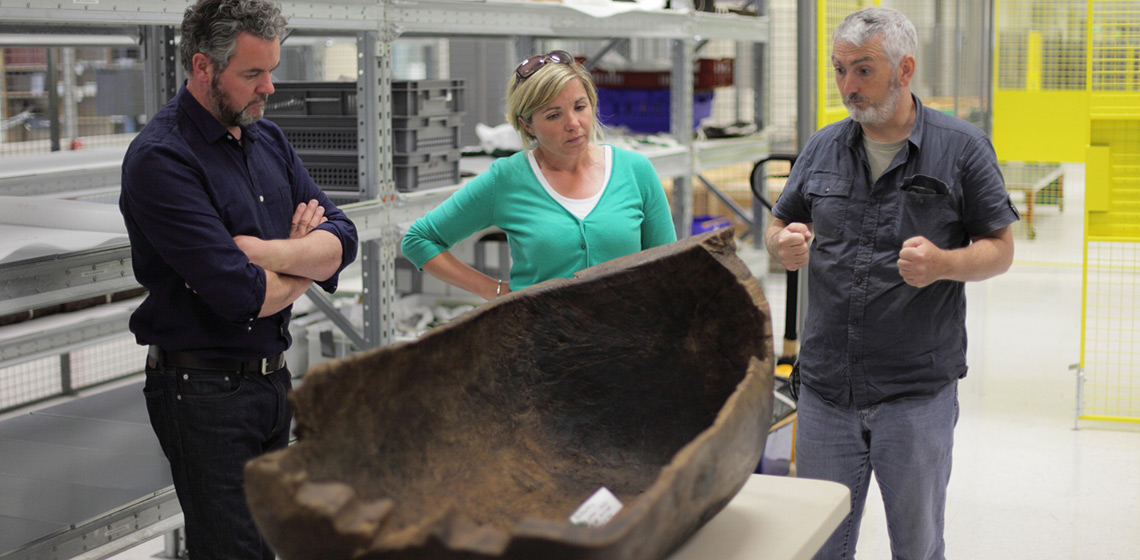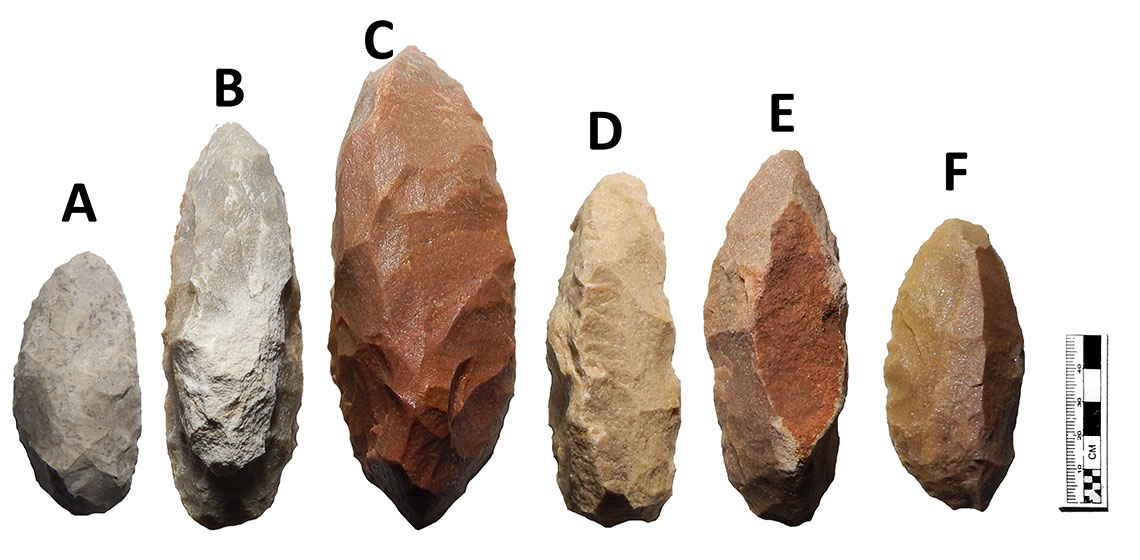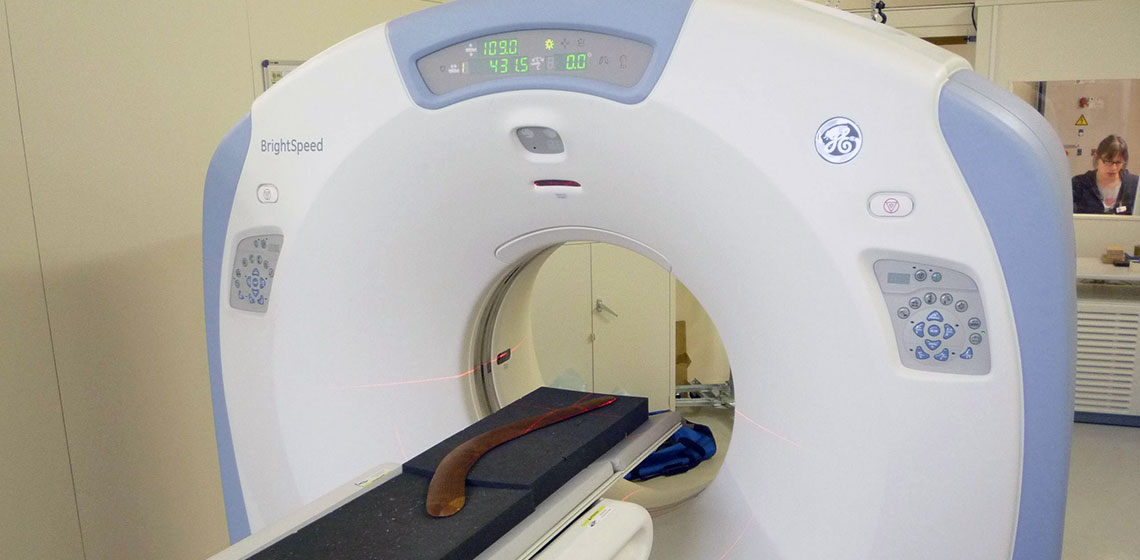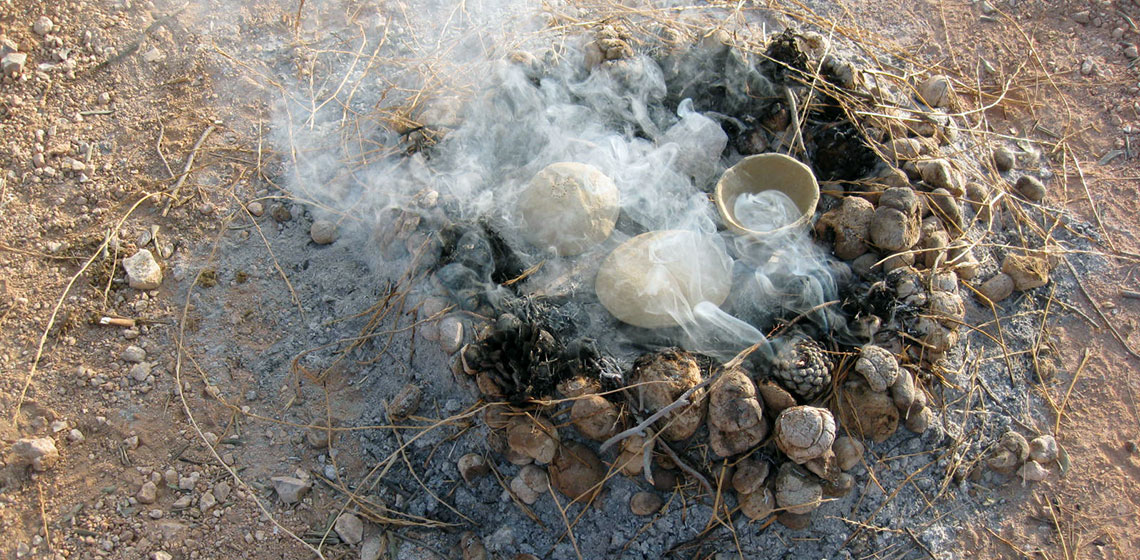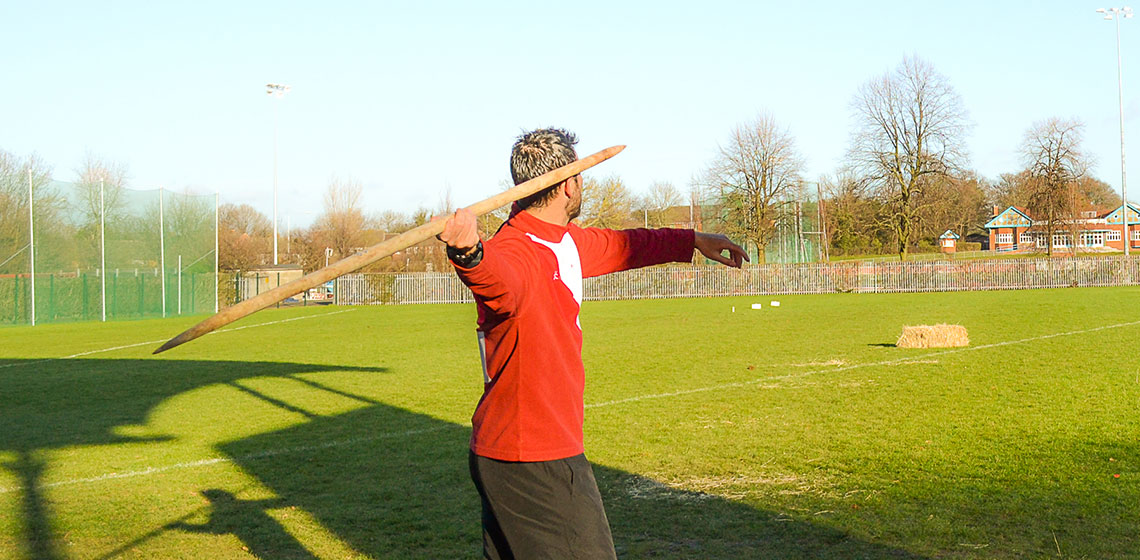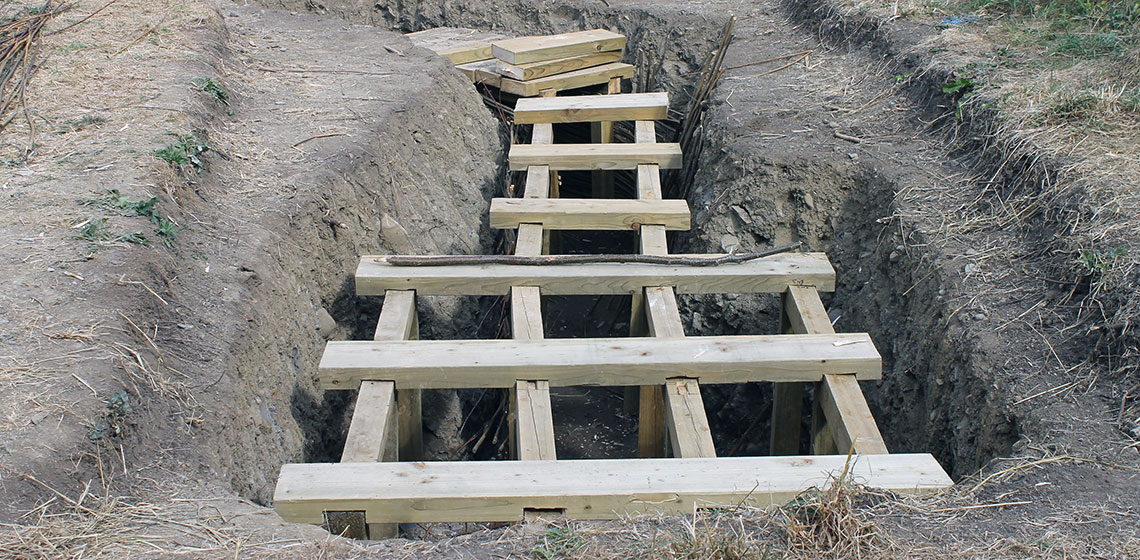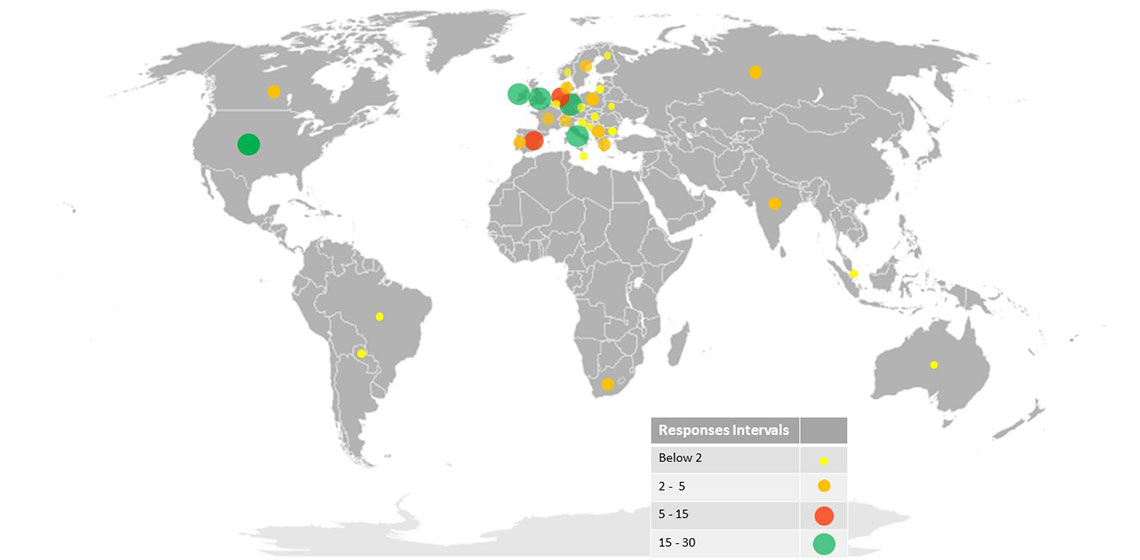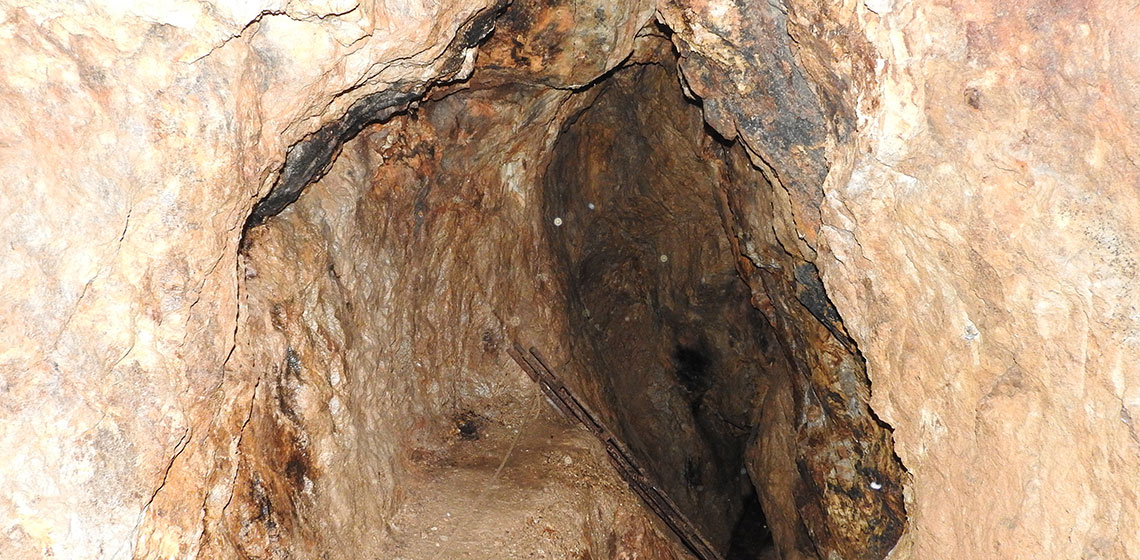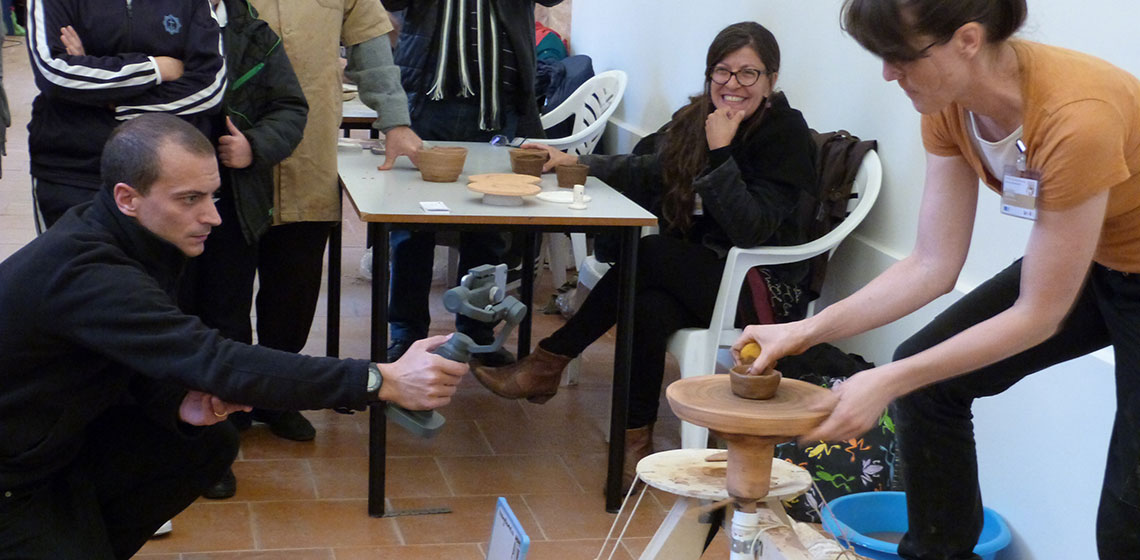Experimental Archaeology
Bringing Experimental Lithic Technology to Paleoamerican Brazilian Archaeology: Replication Studies on the Rioclarense and Garivaldinense Industries
Introduction
Despite experimental archaeological approaches being well known in Brazilian archaeology since the 1970’s, it has rarely produced studies until the beginning of the 21th century. The first deep debate on the subject of experimental archaeology was provided by Miller Jr. (1975), specifically on the application of the approach to lithic technology using Corumbataí flint - typical raw material from the Rioclarense industry. In that occasion, Miller Jr.
X-Ray Tomography and Infrared Spectrometry for the Analysis of Throwing Sticks & Boomerangs
In 2009, confronted to the study of throwing sticks collections from several museums and private collections (including more than three hundreds artefacts) and the need to evaluate their aerodynamic and functions, I developed a throwing stick classification and a methodology to measure their characteristics (Bordes, 2014). This approach is complementary to the gathering of ethnographic or archaeological contextual data to confirm or invalidate hypotheses about theirs functions.
Experimental Bonfirings of Pottery with Camel Dung Fuel, Jordan, July 2018
Skills Shortage: A Critical Evaluation of the Use of Human Participants in Early Spear Experiments
Going Underground: An Experimental Archaeological Investigation of an Early Medieval Irish Souterrain
Experience and Discovery: Engaging the Public in Research. A Survey on Experimental Archaeology Contemporary Practice and Meaning – Preliminary Results
Introduction
The traditional way of engaging the public with the past has changed. Archaeological and historical heritage is not exiled anymore to an inaccessible showcase. Now it is possible to have a direct, physical contact with the “past” through a wide number of activities and locations, among which Archaeological Open-Air Museums (AOAMs) are the most utilized. But, as researchers are aware, the means used to engage the public are the fruit of an active process of investigation, especially in experimental archaeology.
